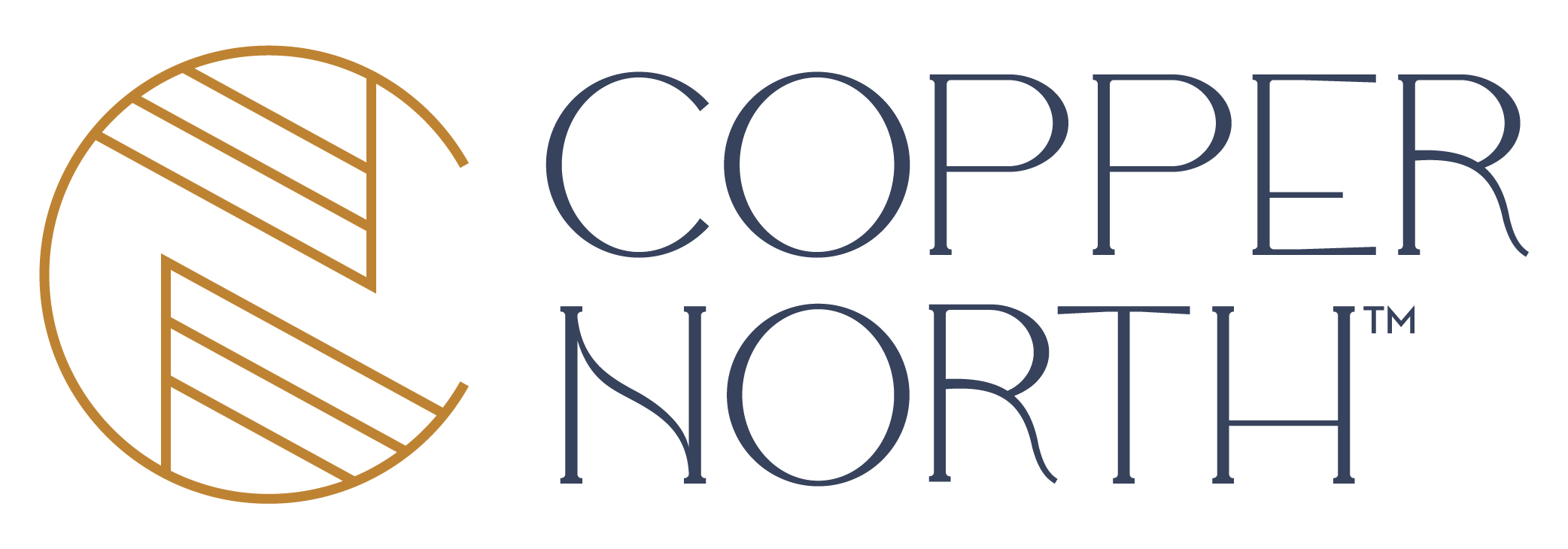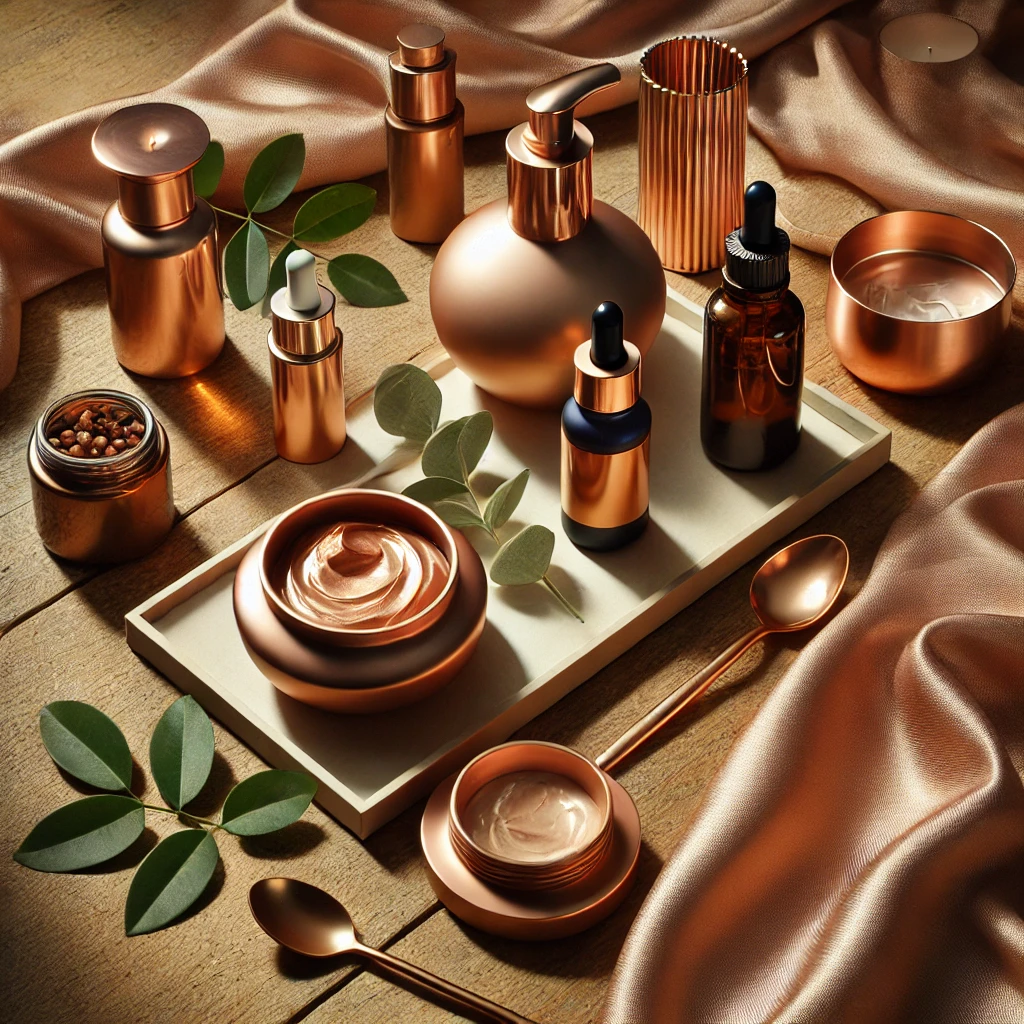For centuries, copper has been revered for its healing properties. Ancient civilizations knew something modern science is still discovering—this powerful metal can work wonders for skin health. From Egyptian ointments to modern copper-infused fabrics, copper's role in promoting skin healing, boosting collagen production, and improving skin texture has stood the test of time.
It’s one thing to know this works; it’s another to know how. To understand exactly how copper helps heal the skin, we’ll dive into the history of copper’s use in healing skin, explore the latest research, and discuss how this ancient remedy is still used in modern medicine and wellness products.
The Ancient Use of Copper for Healing Skin
Copper's history in medicine goes back thousands of years. Ancient Egyptians were some of the first to recognize its healing potential. They used copper in various forms to treat wounds, skin infections, and burns. The Egyptians applied copper to wounds to prevent infection, a practice that persisted throughout various civilizations, including the Greeks and Aztecs (1). Copper was so highly regarded that it was even included in some of their embalming processes due to its believed properties in preserving skin and tissue (2).
What made copper such a valuable asset in these ancient times? Copper was known for its natural antimicrobial properties. Research today confirms that copper has powerful antibacterial, antiviral, and antifungal abilities, making it an excellent material for preventing infections and promoting skin healing.
The Science Behind How Copper Helps Heal Skin
Copper's role in skin health is largely attributed to its ability to support collagen production, promote tissue regeneration, and reduce inflammation. Let’s break down the science behind these skin rejuvenation benefits.
-
Boosting Collagen Production
Collagen is a protein responsible for keeping the skin firm, elastic, and youthful. Our natural collagen production slows down as we age, leading to wrinkles and sagging. This becomes more acute, particularly among women, in their 40’s and 50’s. This is where copper comes in. Copper is a key component in the formation of collagen and elastin, two proteins essential for maintaining healthy skin structure.
A manuscript review of multiple clinical studies published in the journal Current Chemical Biology found that copper pillowcases can reduce the appearance of wrinkles and improve the well-being of skin in the face. The studies were double-blind, placebo-controlled clinical trials analyzing the difference in the appearance of facial skin for those who slept on a copper-ionized pillowcase vs those who did not. Across all the studies reviewed, there was a statistically significant improvement in skin appearance and well-being for the test population that used copper-ionized pillowcases (3).
-
Reducing Inflammation and Supporting Wound Healing
Copper's anti-inflammatory properties are another reason it’s so effective in skin healing. When the skin is injured or inflamed, it triggers an important immune response that results in necessary inflammation. Excessive or prolonged inflammation though can ultimately hinder wound healing and could lead to a number of more severe diseases. Copper has been shown to modulate the body’s immune response by reducing the levels of pro-inflammatory cytokines.
Research published in PLOS One, from the Public Library of Science, found that copper not only helps prevent inflammation but also plays a direct role in wound healing by moderating inflammatory gene expression, which could affect sustained wound recovery. Furthermore, the study found that exposure to copper could reduce inflammation even after inflammation had occurred (4). This makes copper particularly beneficial in treating skin wounds, burns, and other forms of tissue damage.
-
Copper’s Antimicrobial Action
Copper is one of the few metals with proven antimicrobial properties. Studies have shown that copper ions can kill bacteria, viruses, and fungi upon contact. For example, a study in Applied and Environmental Microbiology demonstrated that copper surfaces can kill over 99% of bacteria like E. coli and Staphylococcus aureus in less than an hour (5).
This antimicrobial effect is why copper is so effective in treating and preventing skin infections. Copper-infused bandages, wound dressings, and even fabrics have been shown to reduce microbial growth and prevent infections in healing skin.
Modern Uses of Copper for Skin Healing
While ancient cultures used copper and copper compounds to treat wounds and infections, today we have more sophisticated methods of harnessing copper’s healing potential. Copper is now commonly found in medical dressings, skin care products, and wellness fabrics, all designed to promote skin healing and maintain skin health.
-
Copper-Infused Wound Dressings
Copper-based wound care products have gained popularity in recent years. Studies have shown that copper-infused bandages and dressings can accelerate the healing process by promoting tissue regeneration and reducing inflammation. For example, a 2010 study showed that copper oxide-impregnated dressings reduced the microbial load in wounds by 99.9%, improving recovery without provoking irritation or sensitivity (6).
-
Copper in Skincare
Copper peptides are now a popular ingredient in many high-end skincare products due to their ability to promote collagen production and improve skin elasticity. Copper is often included in serums, creams, and masks that claim to reduce wrinkles, promote firmness, and encourage skin regeneration. Research published in The International Journal of Molecular Sciences supports the use of copper peptides in skincare, demonstrating their ability to improve skin tone and texture by stimulating collagen production and promoting wound healing at a cellular level (7).
-
Copper-Infused Fabrics for Skin Health
Another innovative way copper is being used to promote skin health is through copper-infused fabrics. Products such as copper-infused pillowcases, sheets, and clothing are becoming increasingly popular for their ability to support skin healing while you sleep or go about your day. Copper-infused fabrics help prevent bacterial growth, reduce inflammation, and provide a constant supply of copper ions to the skin, which can promote the healing of minor skin injuries, reduce acne, and improve overall skin tone. A 2014 review published in Current Chemical Biology details various studies that confirm the positive effect copper-infused socks have in reducing bacteria and minimizing the symptoms of athlete’s foot in study participants (8).
Why Copper is Still Relevant Today
From ancient Egyptian remedies to modern-day skincare innovations, copper has long been prized for its ability to heal and protect the skin. Science continues to confirm what ancient cultures knew: copper is a powerful tool in skin regeneration, promoting collagen production, reducing inflammation, and fighting infections.
Copper’s relevance in modern skincare and medical treatments is a testament to its lasting power as a natural healer. Despite the development of synthetic treatments and advanced technologies, copper remains one of the most effective and natural options for promoting skin health and healing. It’s also safe and non-invasive, making it a desirable option for anyone looking for a natural alternative to pharmaceutical treatments.
Copper's versatility and effectiveness in supporting skin health are clear. Whether it's used in wound care, skincare products, or copper-infused fabrics, copper continues to be an essential part of modern wellness routines.
References
- Grass, G., et al. (2010). “Metallic Copper as an Antimicrobial Surface.” Applied and Environmental Microbiology, 77(5):1541–1547. Link
- Abass, H., et al. (2011). “Copper Plate, an Ancient Egyptian Antibacterial Used to Protect the Pharaonic Mummies”. General Union of Arab Archaeologists' Annual Review, Article 107, Volume 14, Issue 1. Link
- Borkow, G. (2014). “Using Copper to Improve the Well-Being of the Skin.” Current Chemical Biology, 8(2):89–102. Link
- Zangiabadi, S., et al. (2023). “Copper infused fabric attenuates inflammation in macrophages.” PLOS One, 18(9):e0287741. Link
- Grass, G., et al. (2010).
- Borkow, G. (2010). “Copper oxide impregnated wound dressing: biocidal and safety studies.” Wounds, 22(12):301-10. Link
- Pickart, L, et al. (2018). “Regenerative and Protective Actions of the GHK-Cu Peptide in the Light of the New Gene Data.” International Journal of Molecular Sciences, 19(7):1987. Link
- Borkow, G. (2014).





Share:
The 6 Scientific Ways Copper Supports Skin Health